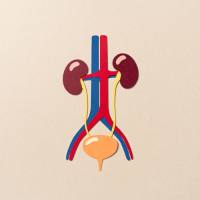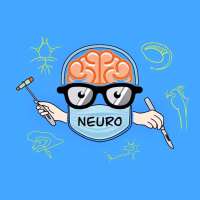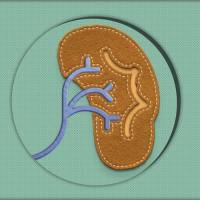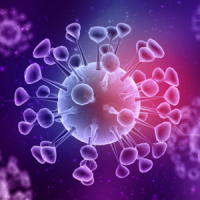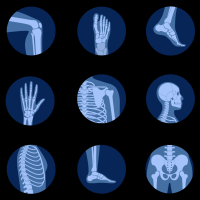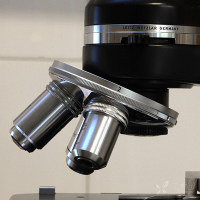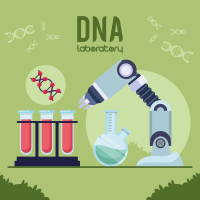【medical-news】Lancet Oncol述评:MYCN在视网膜母细胞瘤发病中起到重要作用
The discoveryof proto-oncogenes transformed our insight into mechanisms of cancer.1Subsequently, identifi cation of the retinoblastoma gene (RB1) heralded thenotion that malignant disease has a hereditary basis, by showing that bothgerminal and somatic acquisition of mutations in a tumoursuppressor gene causestumorigenesis.2 Indeed, analysis of the latency of tumour onset had predicted—even before the culprit gene was found—that retinoblastomawould arise either through a single hit
in theremaining normal allele in hereditary disease or by mutations in both allelesof individuals with acquired retinoblastoma.3 Hence, the RB1 gene became aparadigm of tumour suppressors.
The notion notonly that activating genetic events convert proto-oncogenes to oncogenes butalso that inactivating genetic lesions result in loss of tumour suppressor geneshas provided symmetry to our understanding of cancer as a collection of geneticevents.1 Tumorigenesis has evolved either from a stochastic series of focusedmutations or from gross genomic catastrophes or focused mutations in the
genome.Moreover, particular genetic lesions seem to be associated with specifi cmalignant diseases, implying that distinct genetic constellations exist forsome tumours and indicating that hallmark features are associated withtumorigenesis.4 The cause, diagnosis, prognosis, and even treatment of cancerencompasses unique
geneticfeatures: cancers could be addicted exclusively to (ie, dependent on)particular genetic events.5
Nevertheless,the reasons why specific genetic trajectories cause particular cancers areperplexing. Furthermore, we cannot predict the genetic lesion that causestumorigenesis but yet is needed to maintain a neoplastic phenotype. In thesecontexts, the observations from Diane Rushlow and colleagues in The Lancet Oncology areprescient,6 for they provide compelling evidence that retinoblastoma, initiallythought to be caused uniquely by loss of function of the RB1 tumour-suppressorgene, can also be initiated by activation of the MYCNoncogene. Their observations are surprising but, inretrospect, perhaps to be expected. Nevertheless, we are forced to reconsiderthat the genetic basis for any cancer could be caused by more than one route.
The notionthat MYCN and RB1 are connected mechanisticallyhas been suggested previously.7 Before MYCNwas recognised to have a multitude of functions, withglobal eff ects on gene and protein expression, it had been presumed to worklargely as an oncogene by antagonising the growth-suppressive eff ect of the RB1pathway.
In theirreport, Rushlow and colleagues have assessed differences betweenretinoblastomas associated with RB1 and MYCN, but not similarities. Are these diseases identical—not only phenotypically but also molecularly—and merely initiated by two diff erent mutant gene products? Theinvestigators are well-poised to address this question.
Experimentally,restoration of RB1 can reverse a neoplastic phenotype; could targetedsuppression of MYCN be an eff ective treatment for retinoblastoma? Is
RB1-knockout retinoblastoma dependent on MYCN or will onlydisease initiated by MYCN amplifi cation depend on continued MYCN expression? Can MYCN activation alonereplace RB1 deletion tomaintain a neoplastic phenotype, and vice versa?8,9 Therapeutic options remainto be defined.
Detailedgenomic analysis of other hereditary cancers might similarly reveal multiplecauses rather than single archetypical events. Such findings could help to refineour understanding of why a cancer happens, by enabling identification ofmolecular steps that cause neoplasia. As the molecular catalogue of convergentevents expands, correspondingly, additional unanticipated ideas for treatmentcan be investigated. These analyses could uncover MYCNas a repeat genetic off ender and an increasinglyimportant potential therapeutic target.





